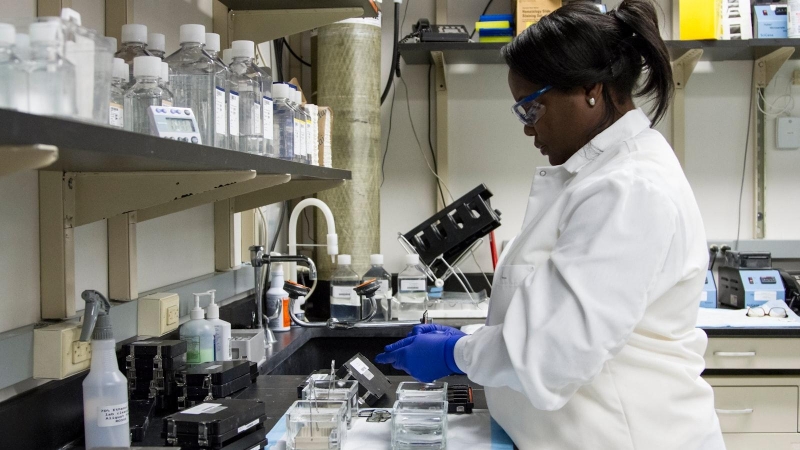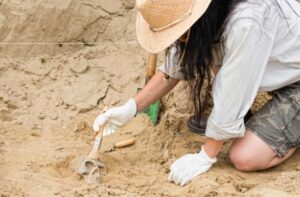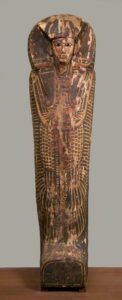
The world has always been a fountain of surprises, especially when the lens focuses on past civilizations. Indeed, one startling discovery from the annals of medical history has highlighted the innovative spirit of early humans. Namely, a 4,000-year-old skull shows compelling signs of having undergone cancer treatment, painting a vivid picture of our ancestors’ medical prowess. This discovery challenges the modern notion that cancer is a purely contemporary disease and hints at the antiquity of medical interventions.
Chronicles from the Past: History of Medical Prowess
Peering at human history with a medical lens provides fascinating insights. The ancient premise of health and disease stood divergent from our modern understanding. Back then, maladies were often attributed to supernatural forces or divine intervention, making this finding even more remarkable.
Historically speaking, archaeological evidence endorsing ancient medical practices is scarce. This lack of information typically stems from the perishable nature of organic materials. Yet, this 4,000-year-old skull, evidencing possible cancer treatment, suddenly accelerates our knowledge of prehistoric oncology.
Solving the Mystery: Diagnosis and Intervention
This prehistoric skull, complete with abnormal lesions, begged for closer scrutiny. These depressions puzzled experts until the revelation hit: the lesions mirrored characteristics typical of cancerous activity.
Moreover, the skull bore signs of surgical intervention, hinting at an early form of cancer treatment. The extent of healing around these lesions suggests that the patient survived for a significant period post-surgery. These findings substantiate that ancient individuals not only diagnosed diseases but also attempted therapeutic practices in the best possible way they knew.
Broad Implications: Shaping our Understanding
The knowledge gleaned from this 4,000-year-old skull stretches far beyond historical curiosity. It plays a role in defining human adaptation and our long-standing battle against diseases. At the same time, it prompts a re-evaluation of our understanding of cancer’s antiquity and the history of medical interventions.
Surely, this discovery with its attendant shockwaves is a potent catalyst for future research. It gives us a renewed appreciation for the resourcefulness of our ancestors, even inspiring our contemporary battle against this persistent malady.
The past indeed holds insights integral for our future. In this case, a 4,000-year-old skull whispers the tale of the oldest known evidence of cancer treatment. As academic minds explore and connect these complex sagas of yore, we not only fortify our ties with the past but also move a step closer to a future of persistent medical breakthroughs.





